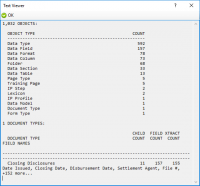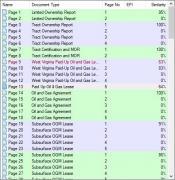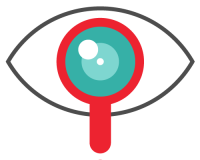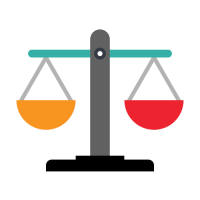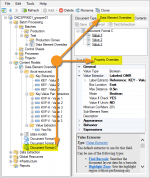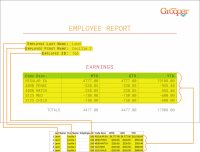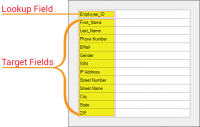Main Page
| Getting Started | |||
|
Grooper was built from the ground up by BIS, a company with 35 years of continuous experience developing and delivering new technology. Grooper is an intelligent document processing and digital data integration solution that empowers organizations to extract meaningful information from paper/electronic documents and other forms of unstructured data. The platform combines patented and sophisticated image processing, capture technology, machine learning, natural language processing, and optical character recognition to enrich and embed human comprehension into data. By tackling tough challenges that other systems cannot resolve, Grooper has become the foundation for many industry-first solutions in healthcare, financial services, oil and gas, education, and government. |
Getting Started | ||
| Install and Setup | |||
| 2.90 Reference Documentation | |||
| Featured Articles | Did you know? |
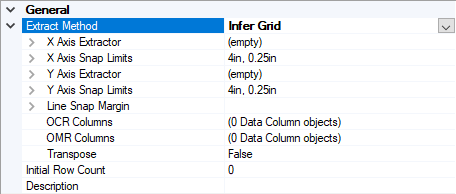 Infer Grid is one of three Table Extraction methods to extract data from tables on documents. It uses the positional location of row and column headers to interpret where a tabular grid would be around each value in a table and extract values from each cell in the interpreted grid. This method extracts information by inferring a grid from the row and column header positions. This is done by assigning an X Axis Extractor to match the column headers and, a Y Axis Extractor to match row headers. A grid is created from the header positions extracted from the two extractors. Furthermore, if table line positions can be obtained from a Line Detection or Line Removal IP Command, only the X Axis Extractor is needed. In these cases, the X Axis Extractor can be used to find the column header labels, and the grid will be created using the table lines in the documents Layout Data. The raw text data obtained from the Recognize activity will populate each cell of the grid according to where it is on the page. |
The earliest examples of OCR (Optical Character Recognition) can be traced back to the 1870s. Early OCR devices were actually invented to aid the blind. This included "text-to-speech" devices that would scan black print and produce sounds a blind person could interpret, as well as "text-to-tactile" machines which would convert luminous sensations into tactile sensations. Machines such as these would allow a blind person to read printed text not yet converted to Braille. The first business to install an OCR reader was the magazine Reader's Digest in 1954. The company used it to convert typewritten sales reports into machine readable punch cards. It would not be until 1974 that OCR starts to form as we imagine it now with Ray Kurzweil's development of the first "omni-font" OCR software, capable of reading text of virtually any font. |
| New in 2.9 | Featured Use Case | ||||||||||||||||||||||||||||||||||||
|

Discover how they:
| ||||||||||||||||||||||||||||||||||||
Feedback
| Feedback | |
|
We value your feedback! | |
| Other Resources | |||
|
|||

